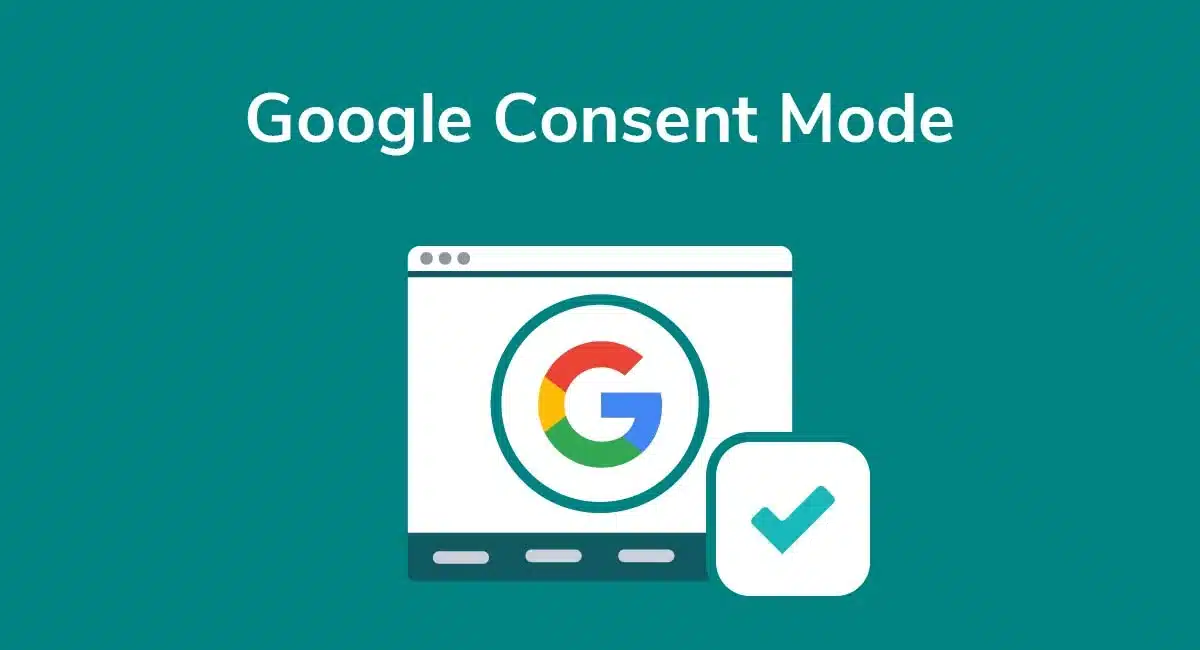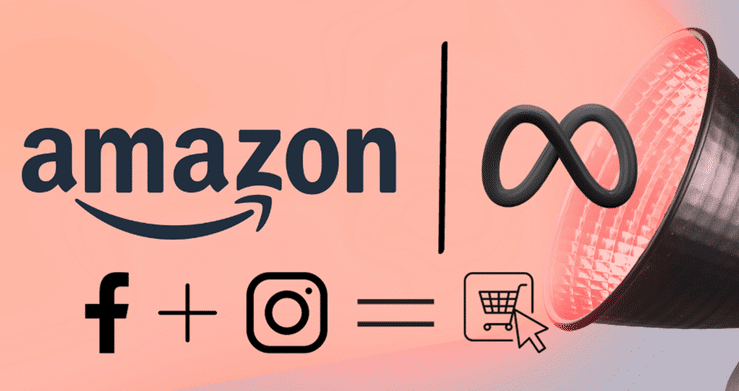
Google is making changes affecting existing implementations of consent mode scheduled for 2024.
What’s Changing?
In November 2023, Google introduced two additional parameters in the consent mode API—ad_user_data and ad_personalization—to allow specific user consent for data sent to Google for advertising purposes and personalised advertising, respectively.
Starting March 2024, for users who have integrated consent mode, the ad_storage parameter will automatically map to the new ad_user_data parameter. This adjustment ensures that the consent status for ad_storage aligns with the corresponding ad_user_data setting, maintaining the original implementation’s performance measurement capabilities.
Reasons Behind the Changes
These updates are part of Google’s ongoing commitment to fostering a privacy-centric digital advertising ecosystem. The strengthened enforcement of the EU user consent policy is integral to this commitment. Advertisers must adhere to this policy for using ad personalization. In 2024, the enforcement action will extend to measurement features and cover data from:
- Websites: Tags sending data to Google.
- Apps: SDKs sending data to Google.
- Data uploads: Tools uploading data from non-Google sources, such as offline conversion imports or shop sales.
To continue utilising measurement, ad personalisation, and remarketing features, it is crucial to collect consent for personal data usage from end users in the EEA and share consent signals with Google. These requirements also apply when using Google Analytics data with a Google service.
What Does This Mean for You?
No action is needed for existing consent mode users utilising it for measurement purposes. Starting March 2024, the consent states (‘granted’/’denied’) associated with ad_storage will automatically map to ad_user_data. Both the default and user-selected consent states for ad_storage will be applied to the ad_user_data parameter, ensuring the continued functionality of measurement features in consent mode.
If you prefer not to have your ad_user_data settings automatically mapped, you have the option to implement the new consent mode parameters directly in your Google tag setup, providing independent control over the parameters.
No changes will be made to your configuration for the new ad_personalization parameter. To sustain the use of tag-based audience and personalisation features through Google Ads, Google Analytics 4, or Google Marketing Platform, implementing the new consent mode parameters directly in your Google tag setup or via a CMP that has completed migration to the new version of consent mode is advised.
By Manesh Ram, Digital Marketing Specialist. Please follow @maneshram & Meta






